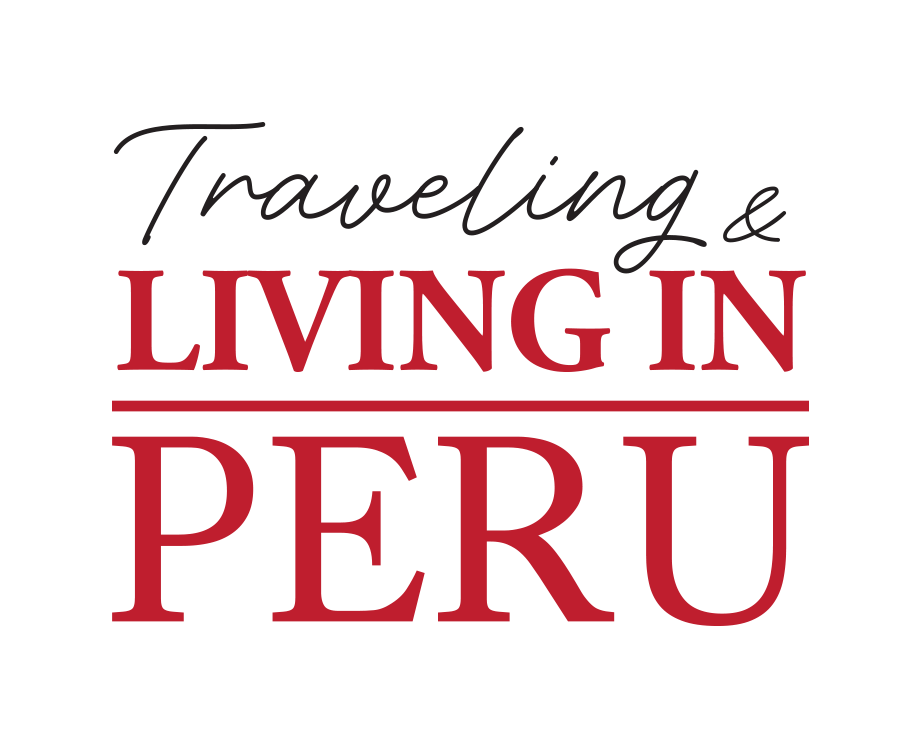The first image that most people have when we talk about the Qhapaq Ñan, the ancient Inca trail, is of a cobblestone road that goes through the mountains. But people tend to overlook the vast parts of the trail stretching through Peru’s deserts. In this article, I explore this important part of the Inca trail by focusing on the ruins of Huaycan de Cieneguilla.
Lima and the ancient Inca trail

Turned into a modern city that continues to grow, Lima was once part of this system. The roads crossed the great avenues of what used to be the route to Pachacamac, the most important pre-Hispanic sanctuary on the central coast.
Amidst the cement and asphalt, all these roads have disappeared. Regardless, we’re still able to perceive history and connect with the past at various still-standing archaeological sites.
There are wonderful Inca constructions distributed across Peru, from Aypate in Piura to Racchi in Puno, and Lima is no exception. Although Pachacamac is one of its maximum examples, the Huaycan de Cieneguilla administrative center, located in the middle valley of the Lurin River, is an example of one of many overlooked ruins. This complex is connected to the Qhapaq Ñan through the Xauxa-Pachacamac transversal road.
Unity, not imposition

Huaycan de Cieneguilla is part of the 27 archaeological sites found in the Cieneguilla district in Lima, at the foot of a ravine at 449 m.a.s.l. “This place has special relevance because it has characteristics of the Ychsma culture and has been enhanced by the Inca architecture. This makes it more important in relation to the route of the Qhapaq Ñan,” said Fernando Mackie, Director of the Huaycan de Cieneguilla Comprehensive Project.
Before the arrival of the Incas, the area was occupied by the Ychsma Lordship, which spanned the valleys of the Lima and Lurin rivers. It was one of the largest and more complex buildings in the area. Archaeologists think it was a ceremonial center with rural characteristics between the Pachacamacac and Hatun-Xauxa (Junin) provincial capital cities.
When the Ychsma people were annexed to the Tahuantinsuyo, the Incas commenced the reforms using the existing buildings in the area. Then, the Huaycan de Cieneguilla site became a control point of the wayfarers who traveled from the highlands to the coast or vice versa.
Lima’s Inca Heritage

The 16 hectares of Huaycan de Cieneguilla’s built-up area is divided into three zones that cannot be visibly noted. To discern their actual scope, one must climb to the lookout where the tours start: the nuclear area, the most important one, is divided into twelve architectural complexes connected by six streets as a small city. It is easy to imagine the people gathered on the main yard just in the center of the complex, with a ramp that enables important figures to access the platform, a characteristic of the Ychsma buildings.
Walking by the narrow corridors of the place, one can note the symbiosis between the Inca and Ychsma architecture. Leaving its adobe walls behind, one reaches the space known as the ‘window complex’, with trapezoid spans and stone lintels on the doors that are clearly Incan construction elements. From that point, it is possible to see the whole valley, reasserting the connection with nature and the function of control center this archaeological site used to have.
The decorated friezes are a typical Ychsma detail and are associated with ceremonial or funeral spaces. Circular bas-relief designs may be noted in some areas which, according to the research, could be interpreted as a lunar calendar or are related to astronomic observations. But without a doubt, the most important finding is the tomb of a member of the Inca elite: the quipukamayok. A wooden kero (a ceremonial drinking vessel), a symbol of power; a spondylus shell, one of the most valued materials during the empire; and a group of bound quipus (recording device), which show the status of this person, were found together with the skeletal remains.
Cieneguilla and its community in action

The Huaycan de Cieneguilla Comprehensive Project started its activities in 2007, to enhance the value of the Inca settlement. The research work is supplemented with a socio-cultural work aimed to integrate the neighboring areas to the planning and conservation programs, so that they have a positive vision of their heritage and learn to appreciate it.
Nevertheless, the population did not turn their back on their legacy before the arrival of the specialists. Since the 1960s, the residents committed to look after the archaeological site and protect it from latent dangers in the area such as land invasions. “Our vision is to work hand in hand with the community so that they can take over the entire project and improve their quality of life”, highlighted Mackie.
Their eagerness for creating a new experience for the tourists who arrive at Huaycan de Cieneguilla generated groups of cultural advisors formed by the residents, who are trained to tell the story of the place from a local perspective. These teams also lead the night tours, supplementing history and archaeology with traditional legends and tales; and the interpretive visits in Quechua with characters dressed as the ancient Inca residents.
Last year, Huaycan de Cieneguilla received about 8,500
YOU MIGHT ALSO LIKE
Cover photo: Ultimate Journeys Peru
Credit: Ultimate Journeys Peru


